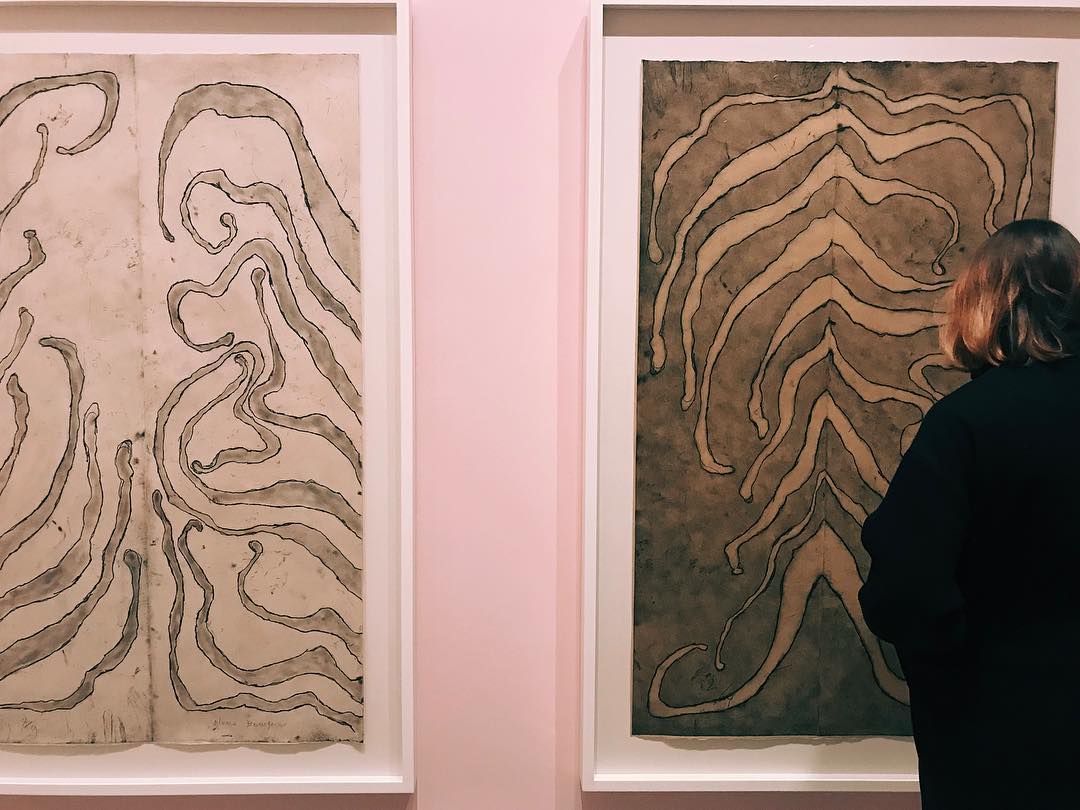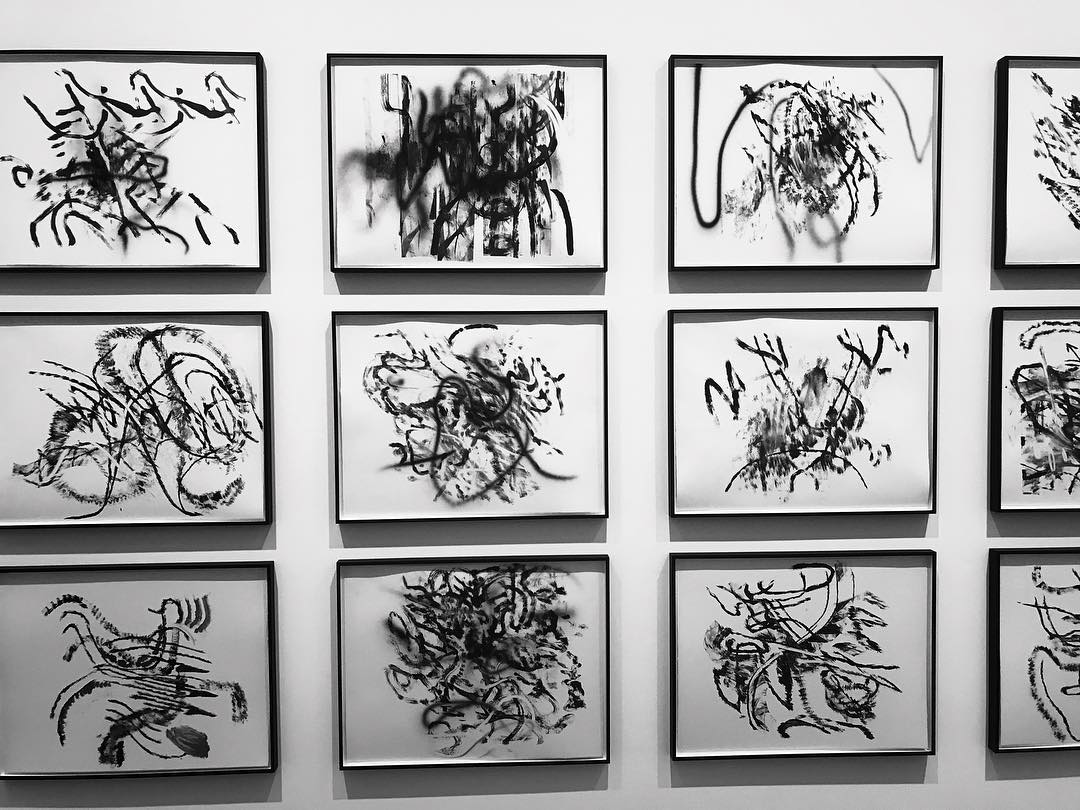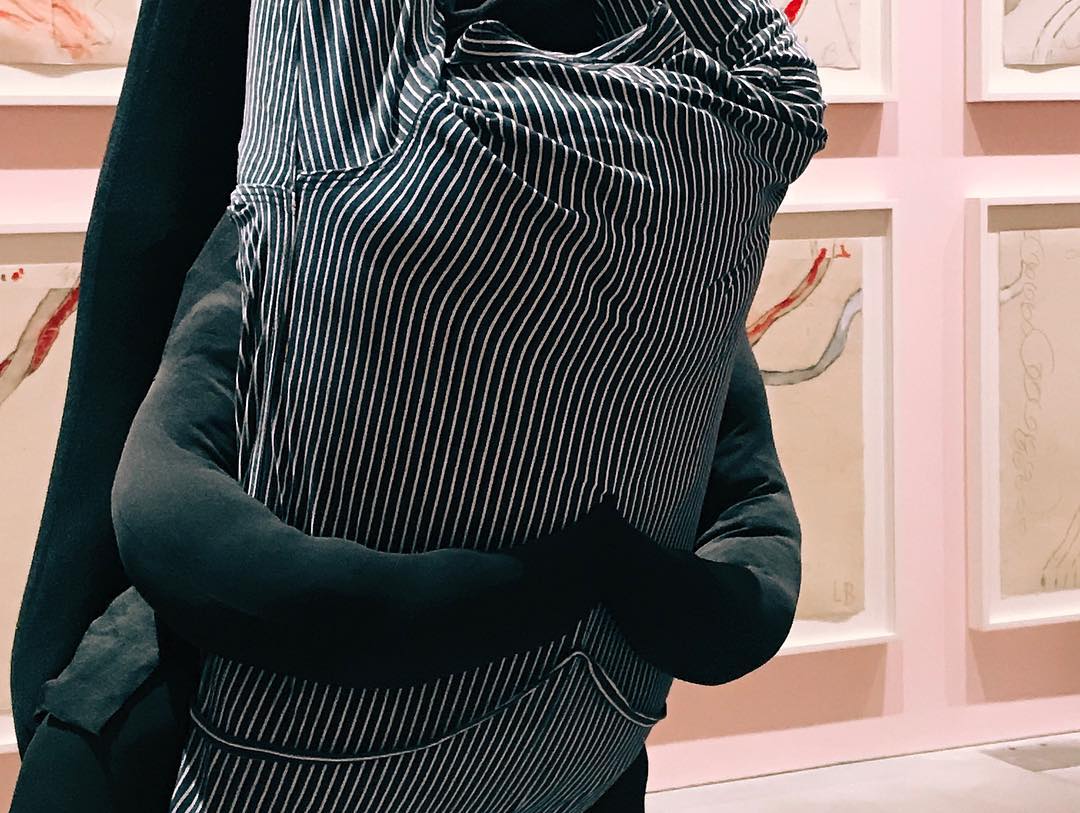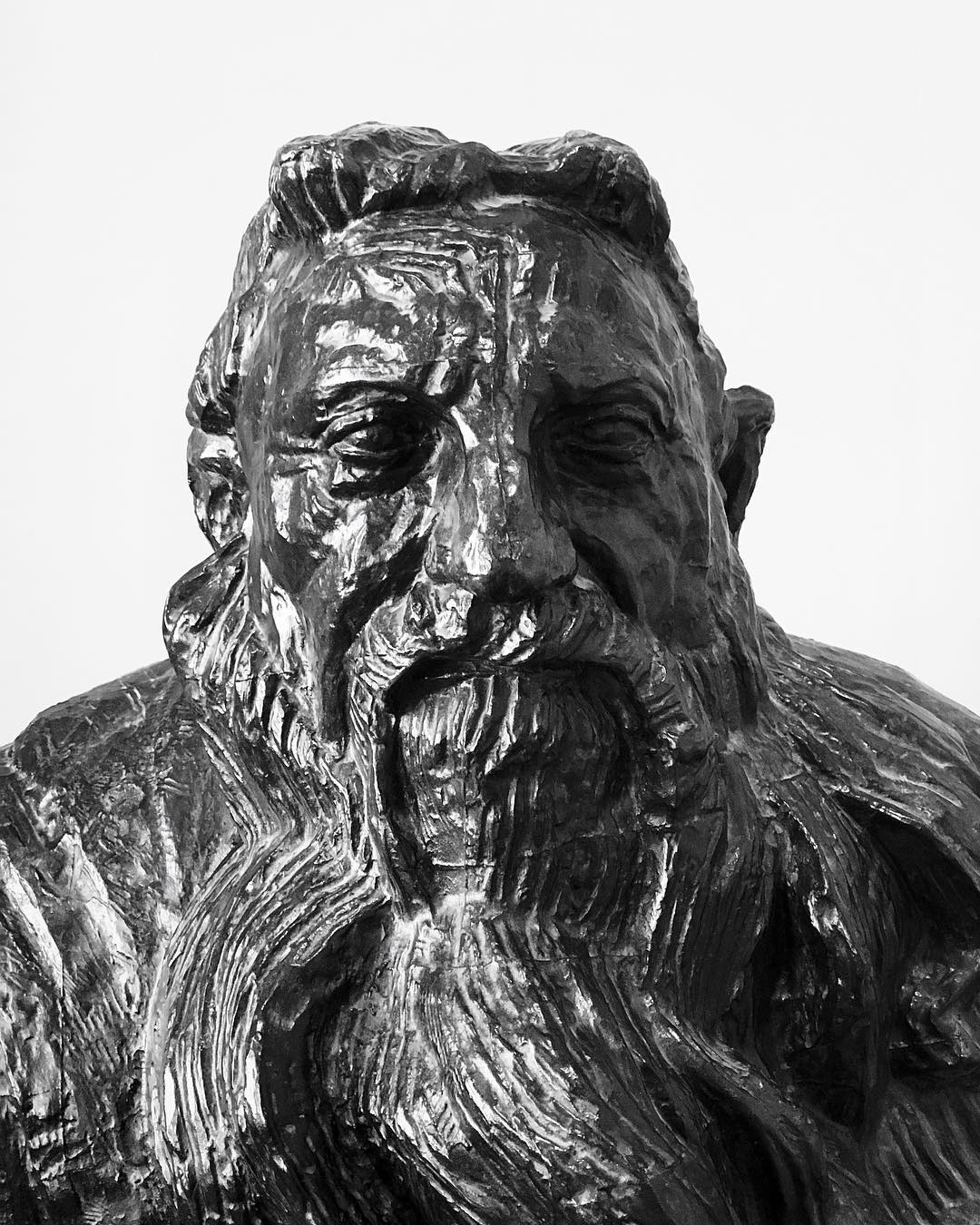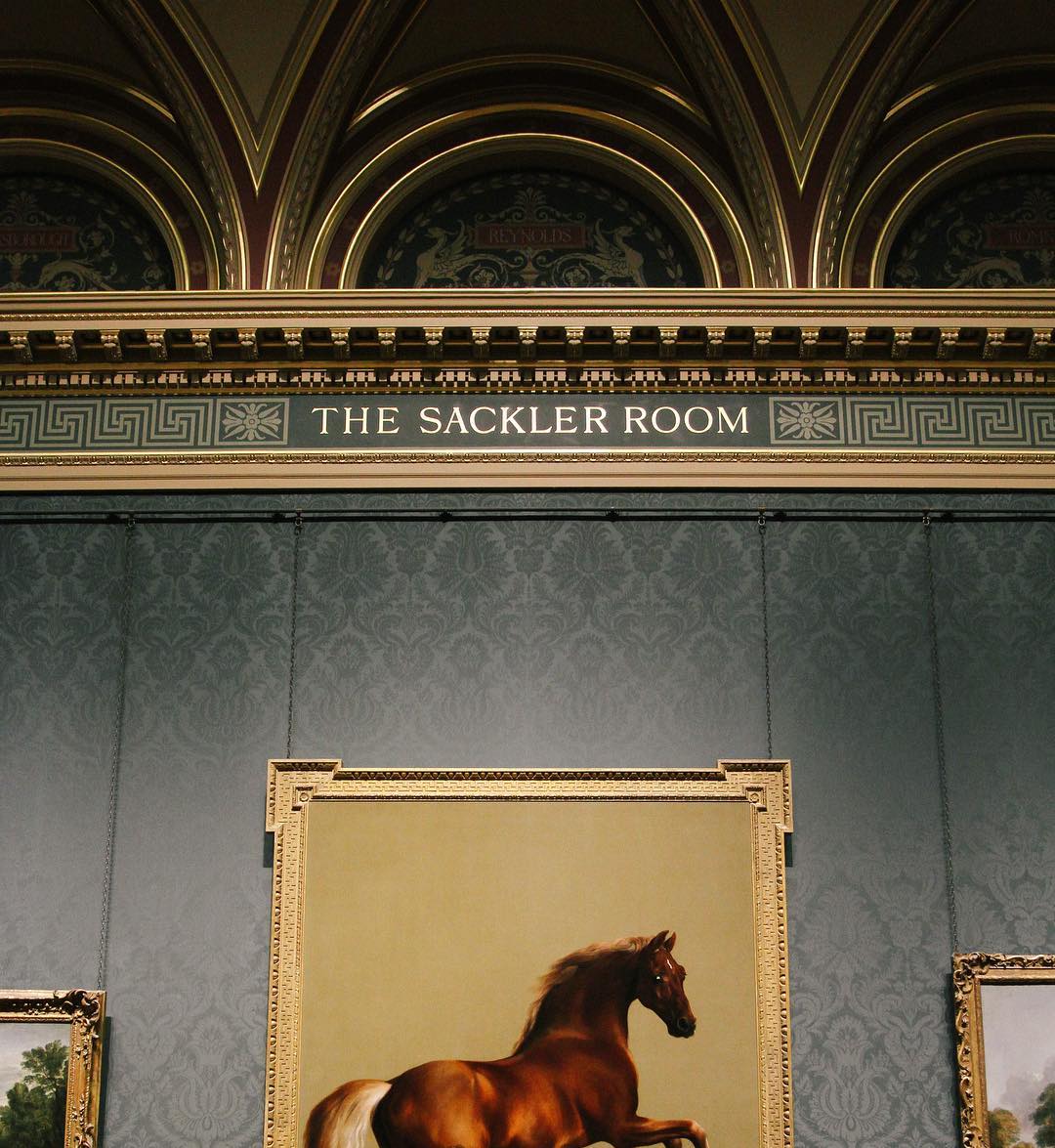2023-12-28
Berlin has cash only bars, stickers to put over your phone’s camera before you can come into the party, and a strong poster culture. The surfaces of the city are covered in a growing, shedding, and regenerating skin of posters. Most are good. Here are the ones I liked this year. A flyer for the 2030 Berlin Klimavolksentscheid, which did not pass An exhibition, an experiment. Poster on the bridge over the Treptow/Neukölln/Kreuzberg canal corner Matrix Nightclub hiring poster, Warschauerstr Brutalismus 3000's Ultrakunst Tour, poster at Warschauerstraße.art
2023-05-09
First, whimsy. I like it when people do something that could have been straightforward and to the point, but instead they inject a little bit of charming madness in there, the unpredictable human touch. Here is a band website that is old fashioned, simple, and yet deeply weird. Give it a minute. Here is a clock website that shows an excerpt from a book for every minute of the day, a bit like my favourite film installation, The Clock by Christian Marclay.2023-02-17
So Popbitch (a very catty UK media gossip newsletter) reports that Fred Again’s people have been trying to keep the fact that he is minor gentry out of his Wikipedia article. Fair enough. I understood his story to go as follows: young South London guy makes poppy dance songs during the pandemic, goes viral, becomes instant stadium-packing act once the restrictions lift, and boy he just can’t believe his luck. Shucks!2020-10-05
Increasingly, Artemisia is celebrated less for her handling of private trauma than for her adept management of her public persona. Throughout her career, she demonstrated a sophisticated comprehension of the way her unusual status as a woman added to the value of her paintings. On a formal level, her representation of herself in the guise of different characters and genders prefigures such postmodern artists as Cindy Sherman. Unlike Sherman, however, Artemisia had few female peers. She was not the only woman working as an artist during the early seventeenth century: a slightly older contemporary was the northern-Italian portraitist Fede Galizia, born in 1578, whose father, like Artemisia’s, was also a painter. But Artemisia must often have felt singular. In a series of letters written to one of her most important patrons, the collector Antonio Ruffo, she wittily referred to her gender: “A woman’s name raises doubts until her work is seen,” and, regarding a work in progress, “I will show Your Illustrious Lordship what a woman can do.” In 2001, the scholar Elizabeth Cropper wrote, “We will never understand Artemisia Gentileschi as a painter if we cannot accept that she was not supposed to be a painter at all, and that her own sense of herself — not to mention others’ views of her — as an independent woman, as a marvel, a stupor mundi, as worthy of immortal fame and historical celebration, was entirely justified.” On art-adjacent blogs, Artemisia’s strength and occasionally obnoxious self-assurance are held forth as her most essential qualities.
— A Fuller Picture of Artemisia Gentileschi, Rebecca Mead in The New Yorker
